Sarah Browning, Nebraska Extension Educator
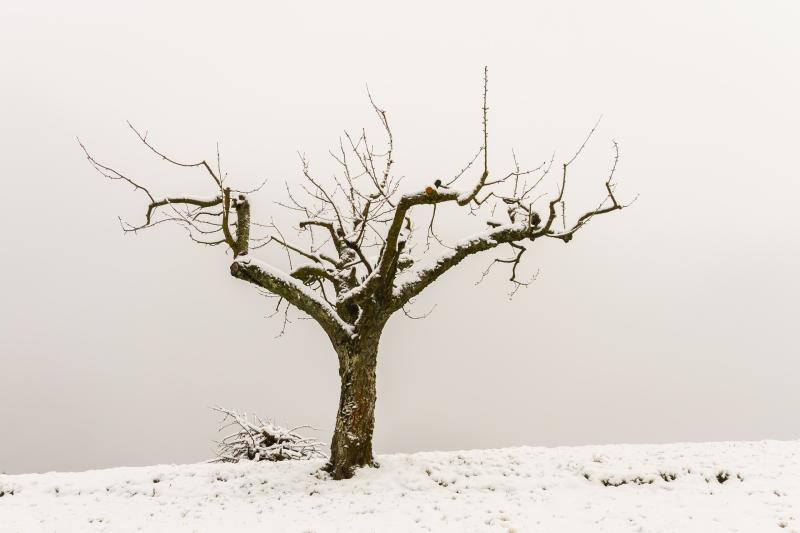
If you haven’t pruned the trees in your landscape yet, now is a good time to get it done. Today, let’s look at the differences between pruning fruit trees and shade trees. Our end goals and pruning strategies are very different between these two tree types.
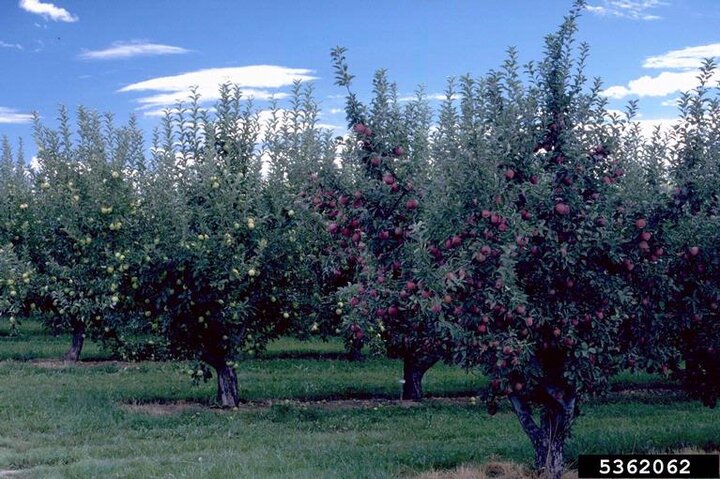
Goals of Pruning
The goals of fruit tree pruning include 1) creating maximum light exposure for both leaves and fruit production; 2) uniform distribution of fruiting wood along the scaffold branches; 3) tree size control; 4) tree vigor control; 5) removal of old non-producing branches; 6) reducing limb breakage due to excessively heavy fruit loads; 7) increase air flow to decrease disease problems and ultimately 8) producing high quality fruit of good size.
The goals of shade tree pruning include 1) reducing the risk of branch or tree failure; 2) maintaining tree health; 3) providing clearance for buildings, other structures, utility lines and for work beneath the tree; 4) reducing shade; 5) improving a view; and 6) improving tree aesthetics.
Fruit trees are a crop and are managed to create high quality fruit; maximizing tree lifespan is a lesser goal. A 20-year old fruit tree is often considered an old tree, while this is the age when shade trees are often just starting to provide benefits from shade and wind reduction. In contrast, shade trees are long-term components of a landscape, so tree strength is a primary goal.
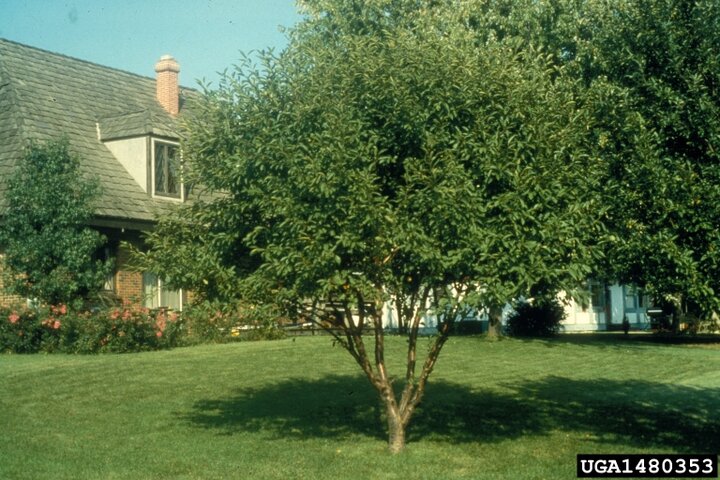
Pruning Systems
For shade trees, the main pruning goal is to create strong tree architecture through the number and arrangement of trunks and side branches. The central leader system – in which the tree has one main central trunk going all the way to the canopy top - is the strongest system, best able to support the weight of a tall tree’s heavy canopy. Side branches with a 45- to 60-degree angle from the main trunk are stronger and support heavier weight loads, than branches with a less than 45-degree angle to the trunk. For this reason, wider branch angles are preferred and branches with narrow angles to the trunk are removed if possible.
Evergreen trees and some shade trees are naturally predisposed to grow in the central leader system, while other tree species are not and require pruning throughout their lives to establish and maintain a central leader.
Because of the strength of the central leader system, it is also used quite often for apple and pear trees. Sometimes plum. This system helps these trees support the heavy weight of a full fruit load.
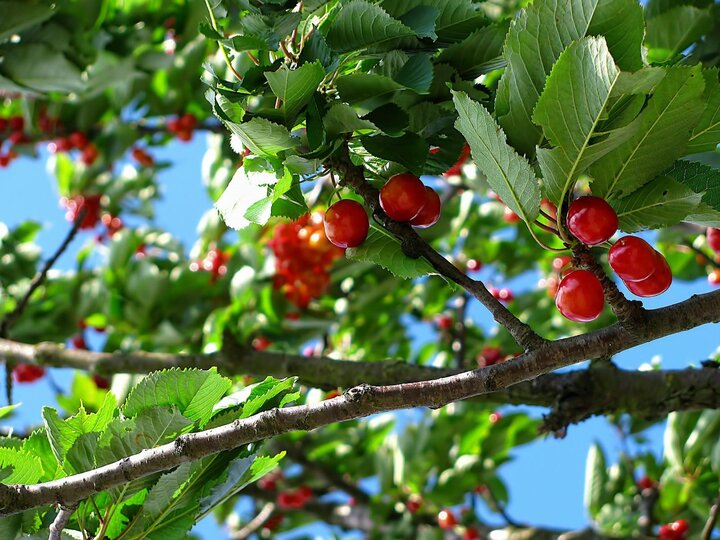
In contrast, stone fruit trees (peach, apricot, cherry, plum) are pruned using a vase or open center system. Start this system with young trees by cutting the central trunk back to a side bud or branch, 24 to 30 inches from the soil line, allowing development of 3 or 4 side branches. These branches should have a 60-to 90-degree angle from vertical and be arranged around the trunk. Remove all other small branches originating on the trunk, aside from the main 3 or 4. This creates a tree with an open center allowing better light penetration into the center canopy and thus better fruit production.
Controlling tree height is another major goal of fruit tree pruning. Shorter trees make all maintenance easier, such as pruning, harvesting and pest control applications. Shorter trees with a smaller canopy are also more efficient in producing fruit, when compared to the productivity of a large standard-sized tree. Major scaffold branches are established at a low height, usually 30-36 inches from the soil line.
The way pruning cuts are made is the same for both fruit and shade trees, with the ultimate goals of minimizing wounds and speedy healing.
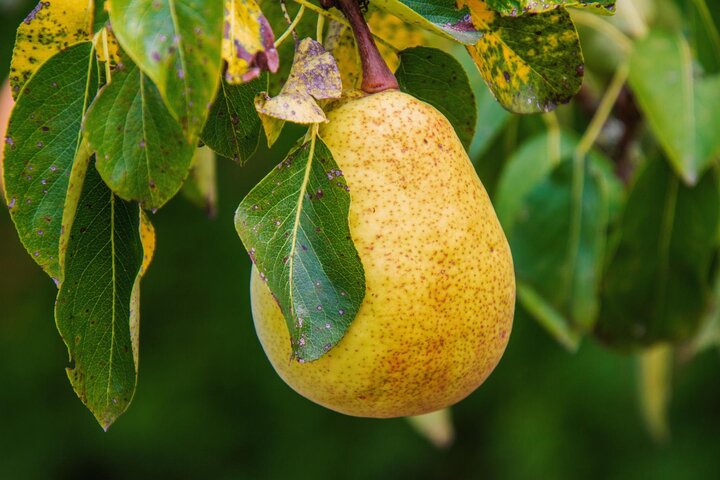
Time for Pruning
Less winter hardy tree fruits like peach, apricot and sweet cherry should always be pruned in late winter, usually mid-March to early April, no matter how much warm mid-winter weather we experience. Pruning is done just before new growth starts. This is also the best practice for the more cold-hardy fruits, like pear, apple, plum tart cherry and shade trees.
Why? Pruning at this time has two big benefits. First, there is less chance of cold damage at the pruning sites. Second, plants heal pruning wounds much faster if the cuts are made just before new growth begins.
For homeowners who can choose the ideal time to prune, shade trees should also be pruned just before growth begins in spring. If you need to hire an arborist to prune a large tree, then anytime between now and early May would be a great time to prune.
For more information:
- Pruning Fruit Trees, Nebraska Extension
- Pruning Established Fruit Trees, Nebraska Extension
- Pruning and Training Home Fruit Trees to an Open Center, PennState Extension
- Pruning and Training Backyard Apple and Pear Trees.Michigan State University
- Midwest Home Fruit Production Guide. Ohio State University Extension
Images
- Older, mature tree pruned in the open center system. Pixabay
- Apple trees in an orchard demonstrating standard central leader training. H.J. Larsen, Bugwood.org
- Cherry tree pruned in a low branching open center system. Richard Webb, Bugwood.org.
- Cherry branches. Pixabay
- Pear tree. Pixabay